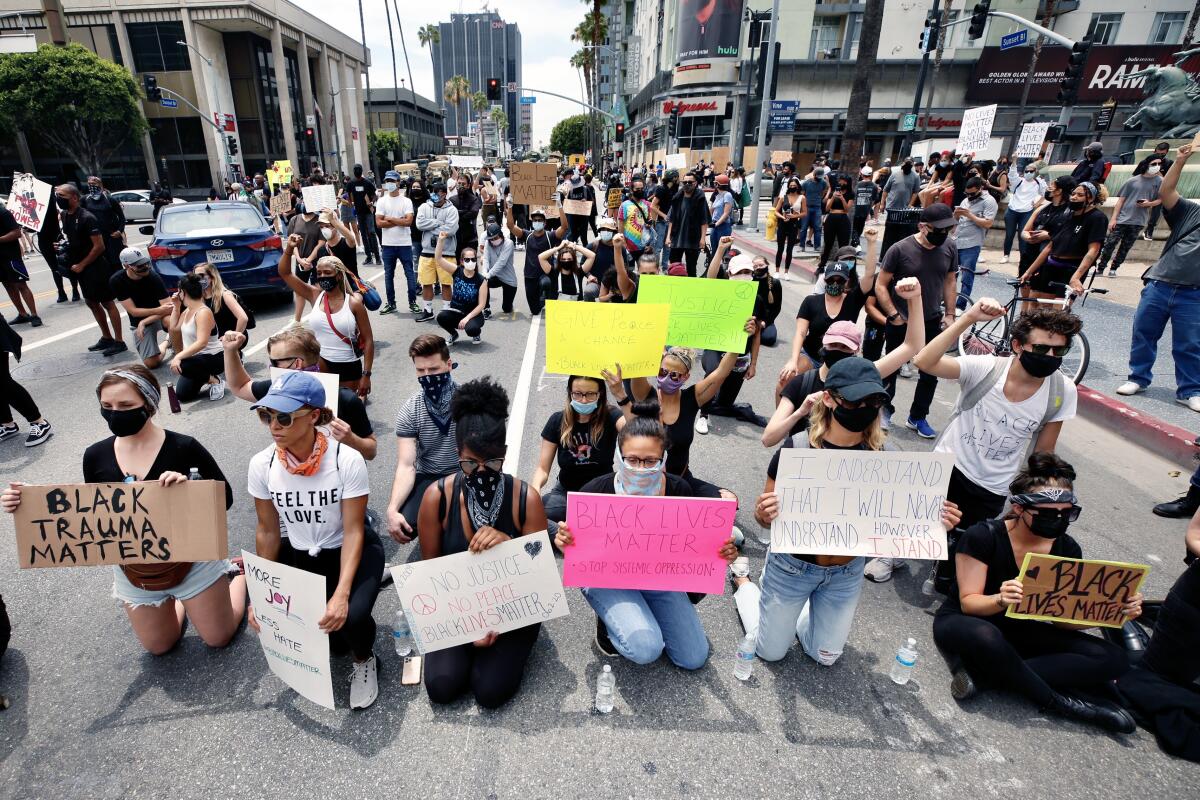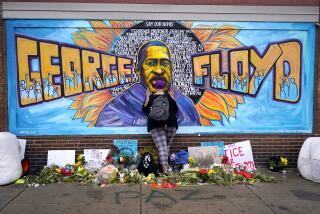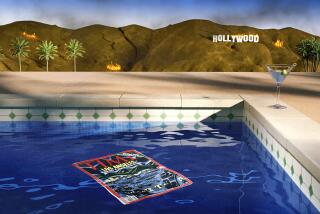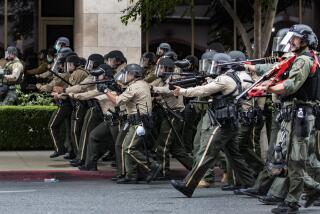Editorial: Protesters skipped South L.A. and marched in white neighborhoods. Good for them

The same outrage over racial injustice that ignited rioting in South Los Angeles in 1992 has propelled a week of protests across Los Angeles in the wake of George Floyd’s death under the knee of a Minneapolis police officer.
In 1991, a black man — Rodney King — was beaten by police; four white officers were acquitted the next year. The anger and frustration left businesses burned and looted in South L.A. as well as in Koreatown, where tensions had already been stoked by the light sentence given to a Korean merchant for fatally shooting a black teenage girl the merchant had accused of shoplifting. Physical and emotional scars of that devastation remain.
The difference in 2020 is that there appear to have been no big demonstrations in South Los Angeles, where the reality of police violence against people of color is all too well known. Instead, protesters have taken their anguished cries into affluent neighborhoods across the city, where residents live at a comfortable detachment from police violence.
Peaceful protesters — and it is crucial to distinguish them and their organizers from the violent opportunists who occasionally traveled in their wake — demonstrated in Hollywood, West Hollywood, and the Fairfax district, and moved west to the ocean for a demonstration in Santa Monica. There have been protests in Westwood and Brentwood, in Van Nuys in the San Fernando Valley. A thousand people demonstrated at the pier in Manhattan Beach, and hundreds marched in Newport Beach.
They have massed downtown outside the government offices of L.A. city and county power brokers and in Windsor Square at the official residence of L.A. Mayor Eric Garcetti, where they chanted “defund the police.” Ethnically diverse and unflinching at a time when police or a virus could take them down, they have stood on streets, sidewalks and lawns to make the point that racial inequity must stop.
“We want to go to places of white affluence so that the pain and outrage that we feel can be put right in their faces,” Melina Abdullah, one of the leaders of Black Lives Matter, told the Los Angeles Times.
It produced results. The Los Angeles City Council proposed reducing the L.A. Police Department budget by as much as $150 million in the coming fiscal year, drawing support from Garcetti. The Police Commission rolled out a slate of reforms. The mayor and other government officials denounced the killing of Floyd not just as tragic but also as a murder.
There’s more work to be done, but this much is clear: Peaceful protest in this city has been strategic, effective and brave. Black activists melded their relentless push for reform with the power of a growing coalition of racially diverse individuals who were as outraged as any black person by that cellphone video of Floyd pleading in vain to be allowed to breathe.
In no way does the righteousness of peaceful protesters excuse the despicable destructive behavior of opportunists in these crowds. We cannot say this strongly enough: We condemn the vandalism and looting inflicted on parts of Los Angeles. There is no justification for it. None. But the peaceful protesters who have marched day and night and called for racial justice should be applauded for their part in what we hope will be real reform in this city.
More to Read
A cure for the common opinion
Get thought-provoking perspectives with our weekly newsletter.
You may occasionally receive promotional content from the Los Angeles Times.










